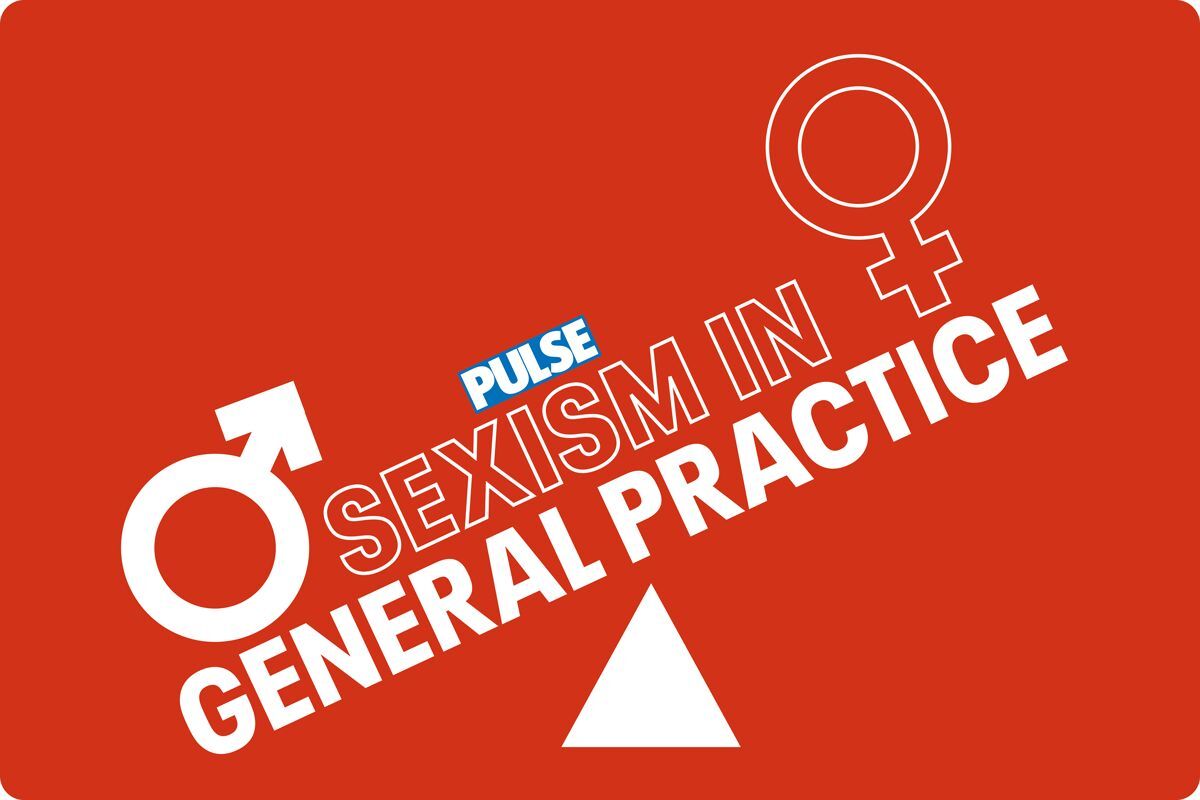
I’ve made no secret of my belief that there is enough waste to cut from the NHS to sort most of its problems, and never has it been more relevant than now. As the pressure piles on and brings both A&E and primary care to its knees, the calls for more money increase in quantity and decibel level.
I am however, still unconvinced that extra cash alone would either solve the problem or change anything long term.
Just a quick glance at a recent news story about Boots charging the NHS £1,200 for a special cream that costs £1.62 typifies the kind of waste, and even fraud, endemic in the system.
I was a patient a few years back at a large labyrinthian London teaching hospital. I had the misfortune (it left me depressed) to be in a lift with a couple of members of staff discussing the quote, from an outside provider, for painting their office.
Centralising has to be better economically and for the patient
Now trust me when I tell you that of the 500 or so rooms in this hospital, none can be much more than 4m by 3m in size. The conversation went like this: ‘Did you see the quote to paint my office – £7,000! But its okay, we rejected it and they came back at £5,550.’
It certainly doesn’t take a doctor or rocket scientist to extrapolate the cost for the whole hospital and realise it is not only ridiculously large but could be reduced significantly if: a) outside contractors could be prevented from playing this game of NHS lottery, where they rub their hands together with glee each time they quote a job and add a zero or two on the end; or b) the hospital employed its own small team of contractors who worked for a set wage around the hospital completing all jobs needed.
And yet this tendering process, which in some areas see extortionately higher prices accepted than in the commercial world, is not extrapolated to the areas where providers need to be paid more. Let’s take community care: care homes and social care. Here, councils have driven prices so low that the winning provider cannot actually afford to deliver the service for which they tendered; thus we see the disarray that is social care today.
Subdividing medical specialities must also account for hundreds of millions of pounds of unnecessary spend, and certainly hasn’t delivered better service. Take mental health services, which over the past decade have been carved up into a myriad of unnecessary sections, treating specific mental health issues. Each section then has its own back office support, offices, printers and faxes and all of the service agreements alongside it and so the admin support and costs grow. Time spent delineating patients into the right area and cross referring and handing on grows, with the poor patient an innocent bystander. Again, centralising has to be better economically and for the patient.
And so it goes on. The prescription of common over-the-counter medications such as paracetamol, which costs the patient less than a pound if they go to Tesco but costs the NHS around £43 if they go to the GP for a prescription. The same applies for a long list of products, as we have discussed in the past, including fungal nail pain, suncream, gluten free food and so on.
Now you may say, what is £100m a year on paracetamol, and only £50m on the specials, in the grand scheme of things. But when you take into account all the myriad examples, we could be talking billions overall – and we all seem to concur that extra billions is what is needed, alongside a real cleansing of the rot at the centre that has allowed this situation to develop and grow.
Dr Renee Hoenderkamp is a portfolio and media GP in London

















